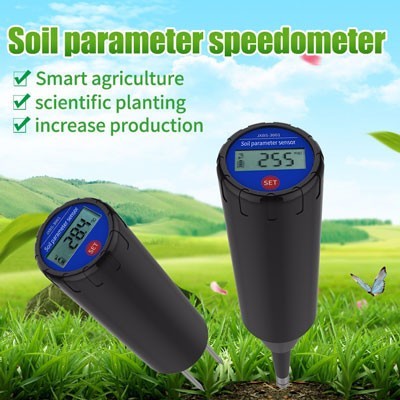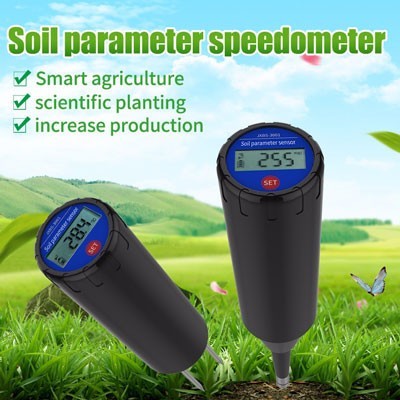Agriculture has come a long way in recent years, thanks to advancements in technology. One such innovation that is transforming the agricultural landscape is the use of soil sensors. These sensors have revolutionized farming practices by providing real-time data on soil conditions, enabling farmers to make informed decisions and optimize crop management. This article explores the immense potential of soil sensors in revolutionizing agriculture through the adoption of smart farming techniques.
Understanding Soil Sensors:
Soil sensors are small, electronic devices that measure and monitor various parameters related to soil health and fertility. They are typically installed at different depths in the soil, accurately capturing data such as moisture content, temperature, nutrient levels, pH value, and salinity. The sensors collect data continuously, transmitting it wirelessly to a central system for analysis and interpretation. This real-time data allows farmers to gain valuable insights into their soil health while making timely adjustments to optimize crop growth.

Precision Irrigation Management:
One of the key benefits of soil sensors in smart farming is their ability to revolutionize irrigation practices. Traditional irrigation methods often rely on general schedules or visual observations, which can lead to overwatering or under-watering crops. Soil sensors provide accurate and up-to-date information on soil moisture levels, allowing farmers to precisely determine when and how much water should be applied. By irrigating based on actual soil needs, farmers can minimize water waste, reduce energy consumption, and optimize crop yields.
Targeted Nutrient Management:
Soil nutrient management plays a crucial role in crop productivity. Soil sensors enable farmers to implement precision fertilization techniques by providing real-time information on nutrient levels in the soil. This allows farmers to tailor their nutrient application based on specific crop requirements, reducing the risk of over or under-fertilization. By ensuring optimal nutrient availability, soil sensors help maximize crop growth, minimize nutrient runoff, and protect the environment.
Soil Health Monitoring and Management:
Maintaining soil health is essential for sustainable agriculture. Soil sensors play a vital role in monitoring soil conditions and managing soil health effectively. By tracking parameters such as pH levels and salinity, farmers can identify potential soil degradation issues early on. With this information, they can implement appropriate remedial measures promptly, such as adjusting pH levels or leaching excess salts. By actively monitoring and managing soil health, farmers can improve crop yields, minimize soil erosion, and promote long-term sustainability.
Disease and Pest Management:
Soil sensors are also instrumental in disease and pest management. Certain soil conditions, such as moisture and temperature, can contribute to the spread of plant diseases and pests. Soil sensors provide real-time data on these conditions, enabling farmers to identify potential disease-prone areas or pest hotspots. Armed with this knowledge, farmers can take proactive measures to prevent the outbreak or spread of diseases, reducing the reliance on pesticides and minimizing crop damage.
Data-Driven Decision Making:
The data collected by soil sensors empowers farmers to make informed, data-driven decisions. Analyzing long-term sensor data allows farmers to identify trends, patterns, and correlations between soil conditions and crop performance. This information enables them to fine-tune farming practices, optimize resource allocation, and mitigate risks. For example, by analyzing historical data, farmers can develop predictive models for disease outbreaks or plan crop rotations more effectively.
Future Prospects:
The future of smart farming using soil sensors holds tremendous potential for further revolutionizing agriculture. Advancements in sensor technology, including miniaturization and cost reduction, are making soil sensors more accessible to farmers of all scales. Additionally, integration with other emerging technologies like artificial intelligence, machine learning, and remote sensing further enhances the capabilities of soil sensors. These advancements have the potential to transform agriculture into a more efficient, sustainable, and environmentally friendly industry.
Conclusion:
Soil sensors have emerged as a powerful tool in the realm of smart farming, enabling farmers to revolutionize crop management practices. By harnessing real-time data on soil conditions, farmers can optimize irrigation, nutrient management, and overall soil health. With precise and targeted farming techniques, farmers can minimize resource wastage, maximize crop yields, and promote sustainability. As technology continues to advance, the potential of soil sensors in agriculture is limitless. By embracing these innovative tools, farmers can unlock new fr






